5. Panbanisha (Bonobo)
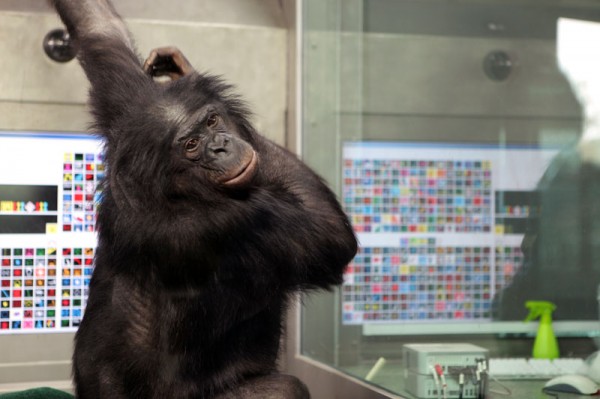
Panbanisha was the daughter of Matata and another Language Research Center ape. She was raised with a common chimpanzee, named Panzee, and the two of them were taught to recognize both spoken language and symbols. Panbanisha showed much more comprehension than Panzee, who was removed from the study after 5 years.
Panbanisha died in 2012 in a primate sanctuary and her eulogy from Duane Rumbaugh said “Her presence and competencies declared that she was someone close to our kind” and described her as “someone special”. She certainly had an unusual linguistic ability and her understanding of spoken language, rather than just symbols set her apart from the other primates studied at the center.
4. Sarah (Chimpanzee)
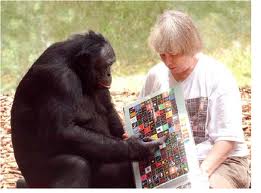
Born in 1962, Sarah was one of the first chimps to show some skill at using grammar. Under the supervision of David and Ann James Premack, she used a special board with plastic tokens to put together sentences including strings like “if (this happens) then (this will happen) else (this will happen)”. Other chimpanzees the Premacks worked with failed to learn even a single word, but Sarah was proficient at long sentences and using reasoning in her language. The Premacks decided to move on from chimps in 1987 and Sarah now lives in a chimpanzee sanctuary.
3. Phoenix and Akeakamai (Dolphins)
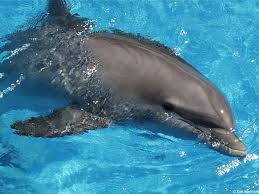
Not all language experiments have been on primates. Dolphins have long been reputed to be more intelligent than humans, so it’s perhaps inevitable that they have been a subject of experiments. Louis Herman was a pioneer of this work, at the Kewalo Basin Marine Mammal Laboratory and Phoenix and Akeakamai were two of his study subjects. The experiment was said to be relatively successful, but unlike the primate studies it only focused on language comprehension, not production.
The dolphins were given sentences to respond to that they had never heard before and seemed to comprehend not only the nouns but the sentence structure, for example the difference between “Frisbee hoop in” and “Hoop frisbee in”. Akeakamai in particular also showed some spontaneous responses, using her “yes” and “no” paddles.
Sadly, both dolphins died at the age of 27, both from cancer and within months of each other (a dolphin typically lives for at least 35 years). When their tankmate Hiapo also died early, there were calls for the center to close and it did in 2005, although sister organization The Dolphin Institute implies that the closure was planned as part of the “State of Hawaii’s waterfront redevelopment plan”.
2. Alex (Parrot)
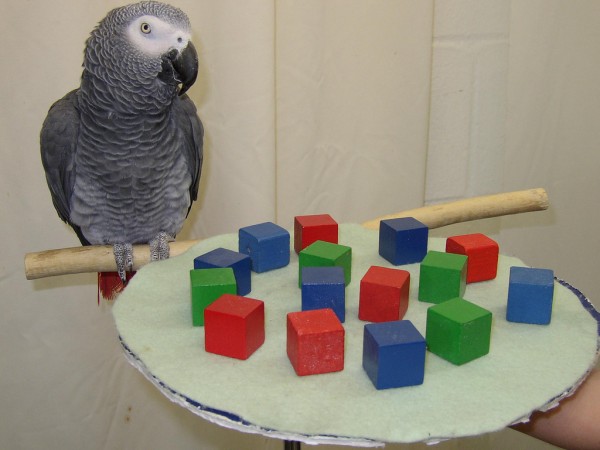
Another example of a non-primate who learned to communicate, Alex was an African Gray Parrot, who was trained by Irene Pepperberg. Parrots are known for their ability to mimic humans, but Pepperberg believed that they could also talk in a more structured way. She said that he couldn’t use language as such but a “two-way communications code” including a vocabulary of 150 words, the numbers 1-7 and the names of 50 objects. He also had some mathematical ability and could add two numbers together.
Alex, whose name derived from the phrase Avian Language EXperiment, was found dead in September 2007 of no apparent cause. His last words to Pepperberg the night before had been “You be good. I love you. See you tomorrow.”
1. Kanzi (Bonobo)
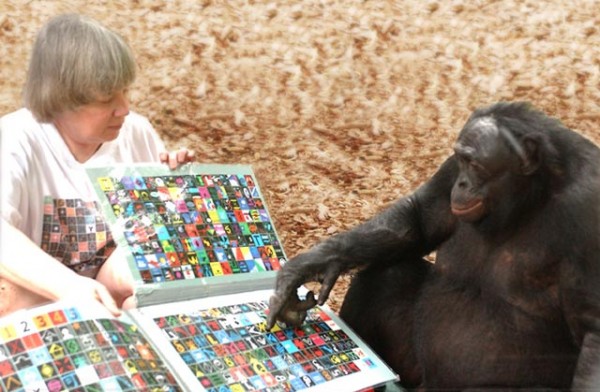
And so back to Matata’s adopted son, Kanzi. And his story is remarkable. A example to working moms everywhere. Matata undertook her lessons with Kanzi clambering over her back. As the researchers struggled to teach Matata 10 lexigrams, Kanzi played nearby. One day, in Matata’s absence Kanzi just started spontaneously using the lexigrams that his mother was failing to learn. He quickly mastered the 10 words, then around 200 more and can point to the correct lexigram in response to a spoken word.
What is amazing about Kanzi is that he was never taught to use the lexigrams and in fact, had no language training at all. He simply acquired the skills in the same way that a human child acquires language. When tested against a 2-year-old human, Kanzi performed well and he was later observed lighting matches and toasting marshmallows after asking for both marshmallows and fire when out in the woods. He also acquired ASL after watching videos of Koko the gorilla.
Though the findings of Rumbaugh and Savage-Rumbaugh were met with some cynicism from the linguistic community, it has given others hope that apes – like humans – can acquire and use real language when given the opportunity.